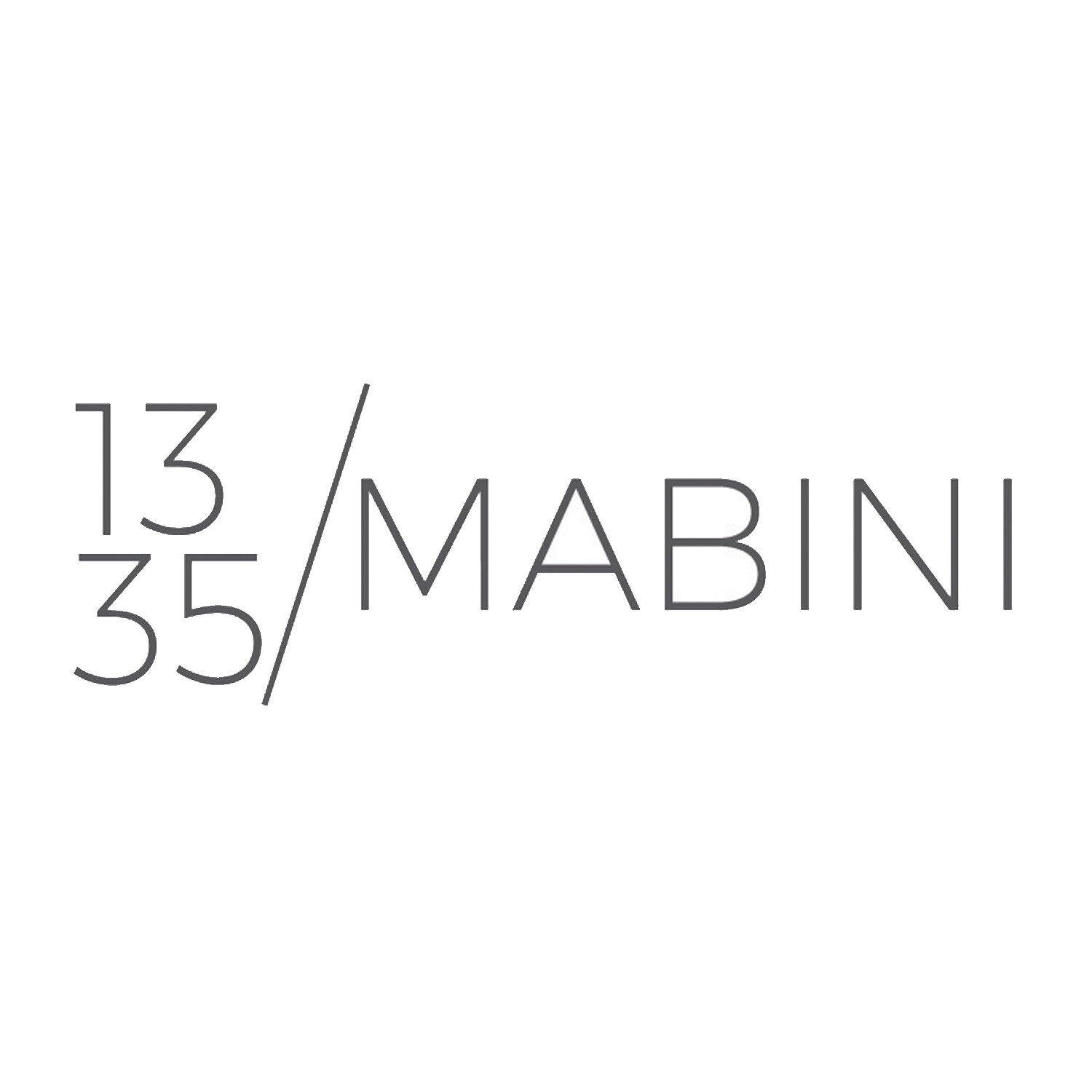Intravasion, Intervasion, Invasion
OPENING:
Saturday, March 21, 2015, 6 pm
EXHIBITION DATA:
March 21 to April 18, 2015
1335MABINI presents Indy Paredes in a solo exhibition entitled "Intravasion, Intervasion, Invasion" from March 21 to April 17, 2015.
Paredes explores the concept of alienation as well as the idea of public and private space by remaking the installations that he produced as an exchange student at the Ecole Nationale Superieure des Beaux-Arts. While in France, he constructed three enclosures made of things he scavenged and picked up from the streets of Paris and installed them in various places in the city. Tackling the definition of public/private space, he plays with the term 'invasion' as giving description to the processes involved in looking at spaces based on the experience of people using and/or owning them.
Can walls/ enclosures delineate the private from the public? Does a space become private because of ownership or familiarity? Is it possible for a public space to become personal and familiar?
Invasion, Intervasion, Intravasion plays on notions of personal/ private/ public space - on our movement/ negotiation between and within spaces, and the characteristic alienation brought about by unfamiliarity and separation. Rooted in the artist's experiences in Paris, the work was borne from the impulse to carve out a private and familiar space in a foreign land, an invasion of the public and the unfamiliar in order, perhaps, to keep anxiety and alienation at bay.
The title, however, conveys the estrangement beyond property and place, and implies the artist's concern with the psychosocial roots and effects of alienation. After all, one's compulsion to establish a personal, private area - a home, so to speak - points to a defensive, survival instinct from both the dangers of the external environment and from unfamiliar people, as well. In(ter)vasion points to a sense of alienation from other individuals, revealing a deep-seated need for personal autonomy through the delineation of space. However, it is a false sense of autonomy. For the last word, In(tra)vasion, suggests alienation from within - from one's work or practice, and from one's self.
Disconnected from one's environment, neighbor, and self, alienation permeates completely from the external to the internal.
The work, when brought home and installed at Mabini St., confirms that one need not be in a foreign country to feel estranged. The enclosure has two versions. Installed outside, it is made to look alien and strange, appearing to invade a small, public area on the street. Inside a private gallery, it appears equally peculiar, somewhat out of place, for do we not see similar shacks scattered around when we step outside?
To a certain extent, the installation reveals an individualistic and middle class impulse - in its internalized anxiety, its attempts to carve out pockets of private spheres, in its seeming distrust of the public and collective. It straddles the boundary between the private and the public, never fully belonging in either one or the other. It mirrors a personal and collective anxiety, an anxiety acutely common and familiar, here in this nation of many private spaces shared by a few.



